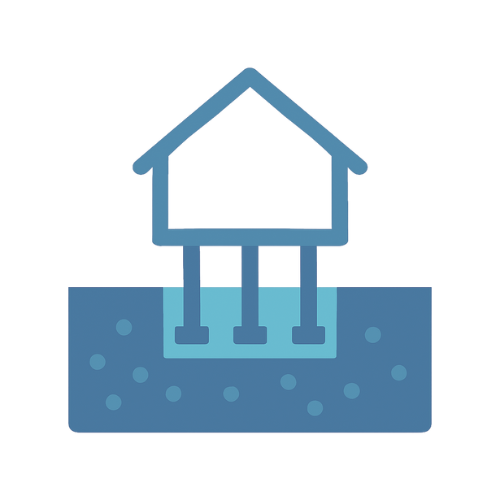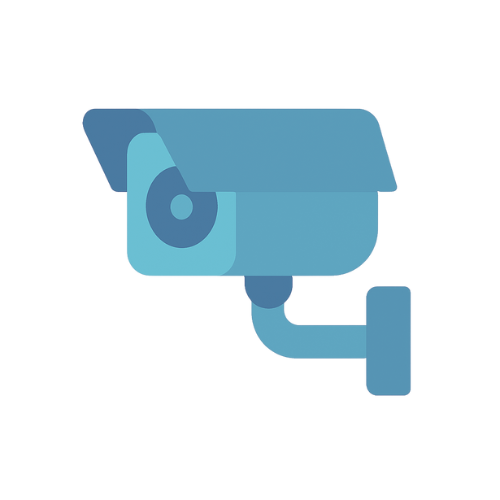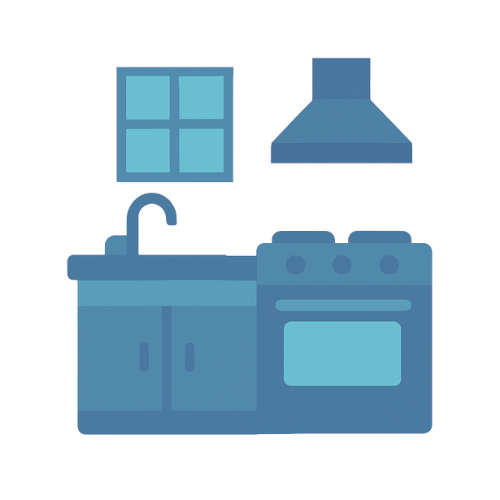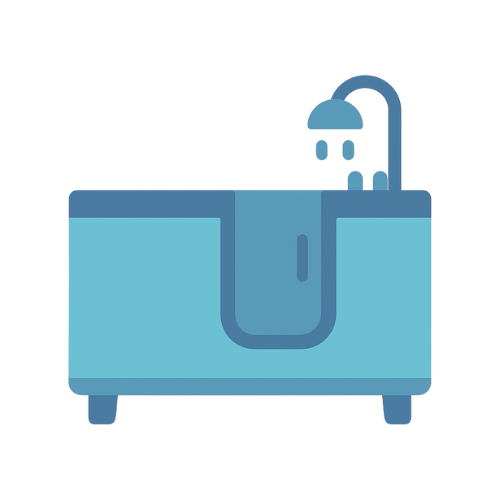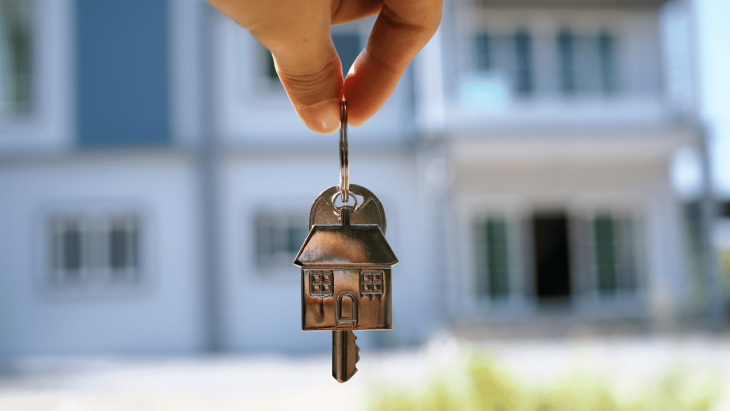Home security technology has come a long way—today’s systems are smarter, more affordable, and easier than ever for homeowners to install on their own. With the right setup and placement, a DIY security system can provide powerful protection without the cost of a professional installation.
In this guide, we’ll walk you through essential tips, smart equipment choices, and strategic placement to help you secure your home effectively and confidently.
Why DIY Security Systems Are Gaining Popularity
A DIY home security system allows homeowners to take control—installing and often managing the entire setup themselves. It’s a flexible, budget-friendly option that puts safety within reach for nearly anyone.
However, to maximize effectiveness, it’s important to make thoughtful choices about the system’s components, placement, and ongoing maintenance.
Key Home Security Monitoring Options
Not all security systems are created equal. Before you invest in a DIY system, ask yourself what risks you want to protect against.
Beyond burglary, modern home security systems can monitor for:
-
Fires and smoke
-
Carbon monoxide
-
Water leaks and flooding
-
Extreme temperatures
-
Medical emergencies or personal injuries (via wearable alert devices)
Decide what matters most to your household, then choose a system with the features and sensors that match those needs.
Must-Have DIY Security Hardware
When most people think of home security, they think of cameras—but a truly effective system includes several components working together. Here are some of the most important:
-
Environmental Sensors – Detect fire, smoke, CO, water leaks, and more.
-
Glass-Break Sensors – Trigger alerts when a window or glass door is shattered.
-
Base Station – The hub that connects all your components, often including backup batteries and a built-in siren.
-
Standalone Sirens – Add sound deterrents throughout the home.
-
Contact Sensors – Installed on doors and windows to detect unauthorized openings.
-
Motion Sensors – Ideal for high-traffic interior areas with multiple entry points.
-
Keypads or Touch Panels – Used to arm or disarm your system.
-
Range Extenders – Extend connectivity in larger homes to reach distant sensors and devices.
Smart Camera & Sensor Placement Tips
Proper placement is critical. Even the best equipment can fall short if it’s installed in the wrong spot. Follow these best practices:
Exterior Placement
-
Front Door
Use a doorbell camera or standard outdoor cam to monitor visitors, deliveries, and potential intruders. Always install door sensors for added security. -
Back and Side Doors
These are common entry points for burglars. Secure them with cameras and contact sensors. -
Garage and Driveway
Garages often hold expensive tools, vehicles, and equipment. Place cameras to monitor activity and prevent unauthorized access.
Interior Placement
-
Common Areas
Motion sensors are ideal here. Consider cameras to monitor family activity, maintenance workers, or pet behavior. -
Windows
Use sensors to detect tampering or breakage—especially on ground-floor windows.
Monitored vs. Unmonitored Systems
There are two main types of security systems:
-
Monitored – Professionally watched 24/7, with emergency services contacted automatically. These often come with monthly fees.
-
Unmonitored – Alerts go to your phone, and it’s up to you to respond.
Both options can work with DIY setups. Choose based on your comfort level, budget, and need for rapid emergency response.
Expert Tips for DIY System Effectiveness
Outdoor Camera Tips
-
Install 8–10 feet high to capture clear footage while staying out of reach.
-
Avoid direct sunlight to prevent glare and washed-out images.
-
Use weather-rated equipment and shelter cameras from rain and snow.
Indoor Camera Tips
-
Place cameras in corners for the widest view.
-
Avoid direct light or reflections from windows.
-
Use indirect lighting to improve footage clarity.
Beyond Tech: Additional Home Security Tips
Installing a security system is a great first step—but don’t stop there. Here’s what else you should do:
-
Test your system regularly to ensure all devices are working correctly.
-
Clean cameras and sensors periodically to prevent dirt or pollen buildup.
-
Reinforce doors and locks with deadbolts, strike plates, and peepholes.
-
Secure windows with additional locks or security film.
Need Help with Your Home Security Project?
At USA Home Adviser, we connect you with trusted, local security professionals—whether you’re ready to get started today or just want expert guidance.
Tell us a little about your project, and we’ll match you with the best contractors in your area.
Protect what matters most—with confidence and clarity.
Looking for a DIY system recommendation? Or want help comparing options? Let us know—we’re here to help.






